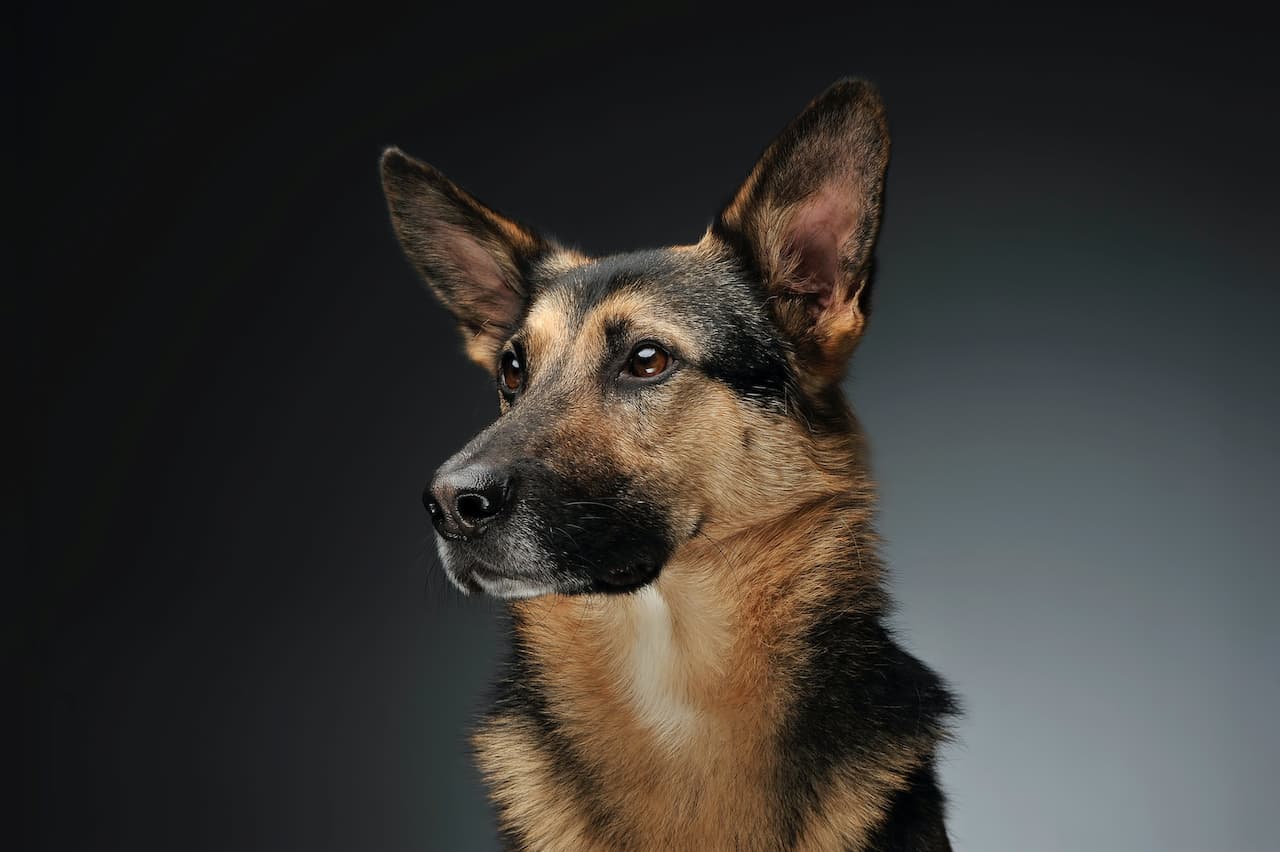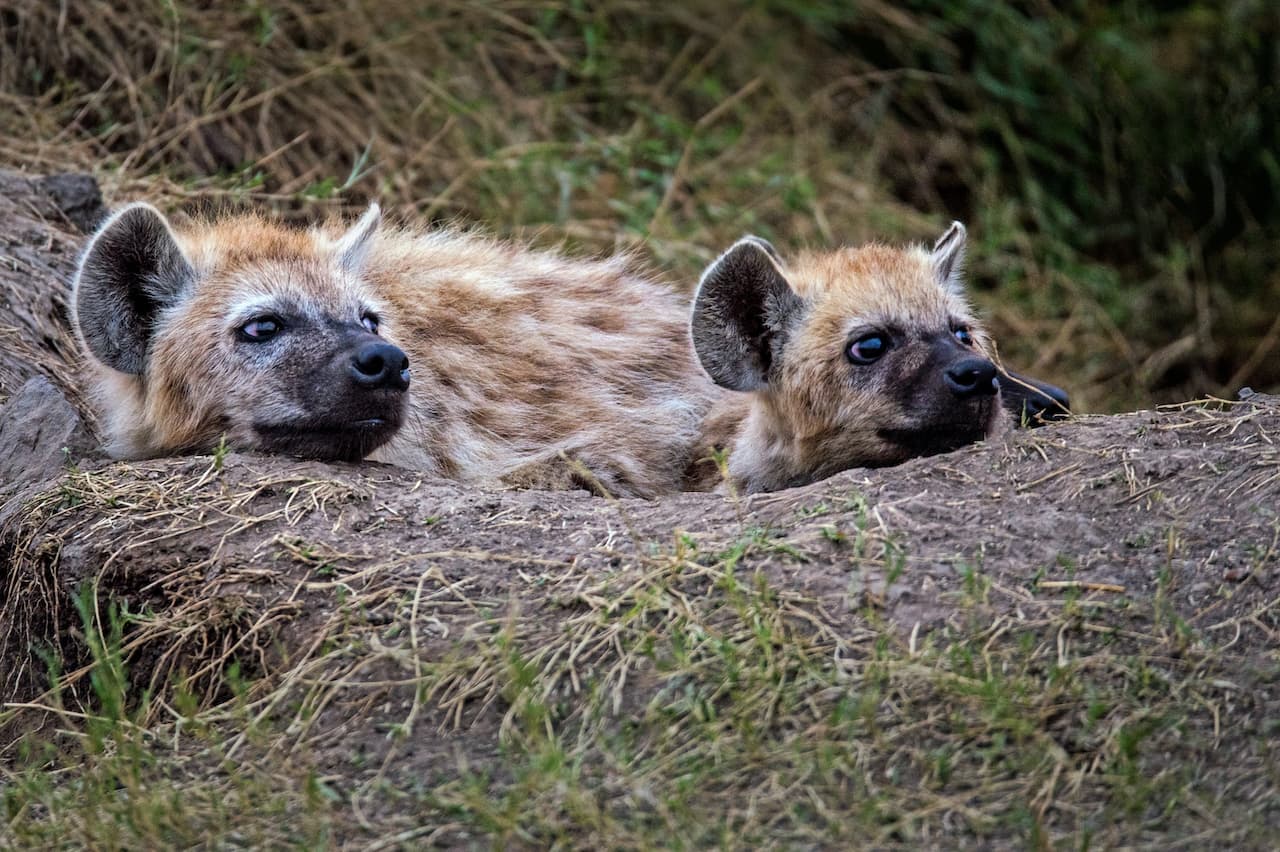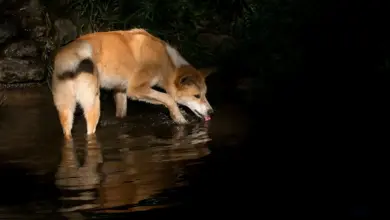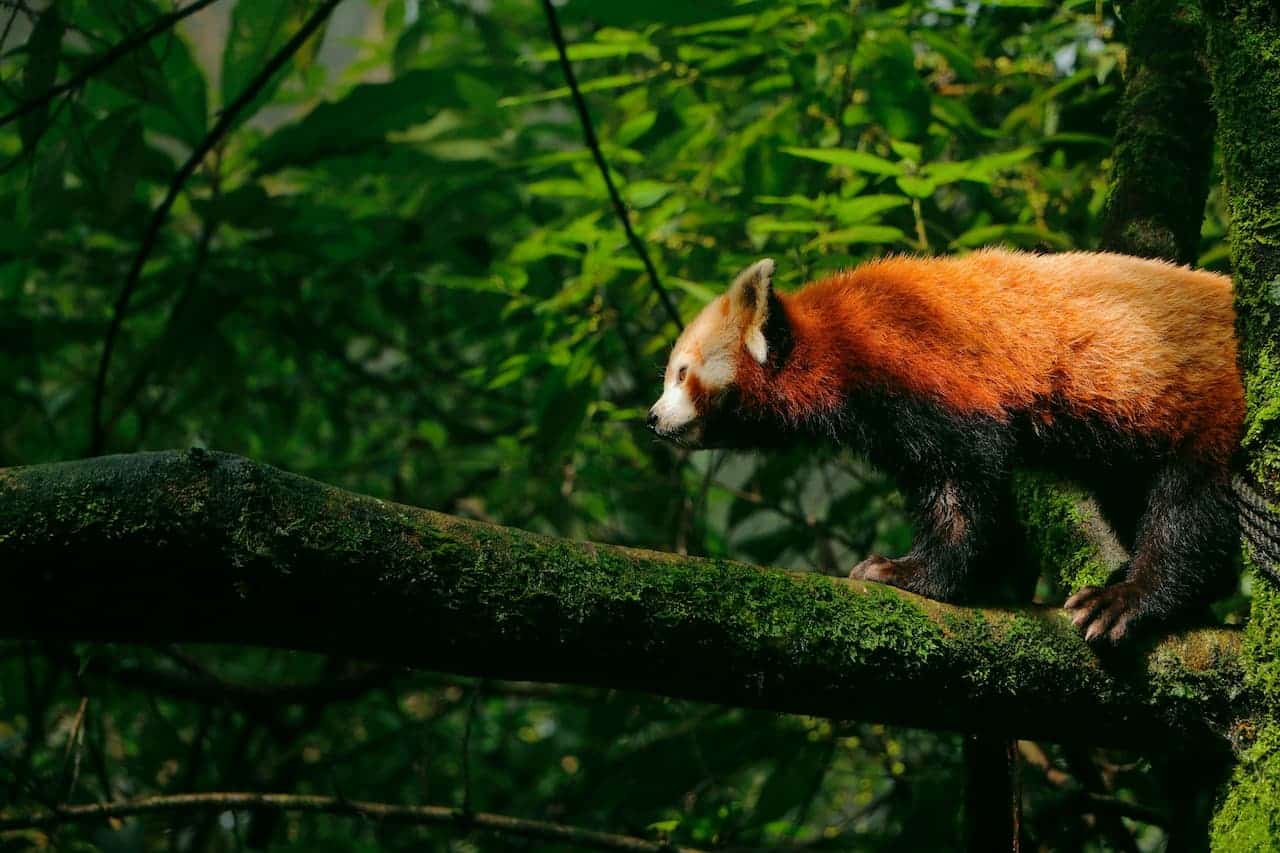A carnivore is an animal that eats other animals. The word carnivore comes from the Latin words caro, meaning “flesh,” and vorare, meaning “to devour”. Carnivores are predators that hunt, kill, and consume the flesh of other animals in order to survive.
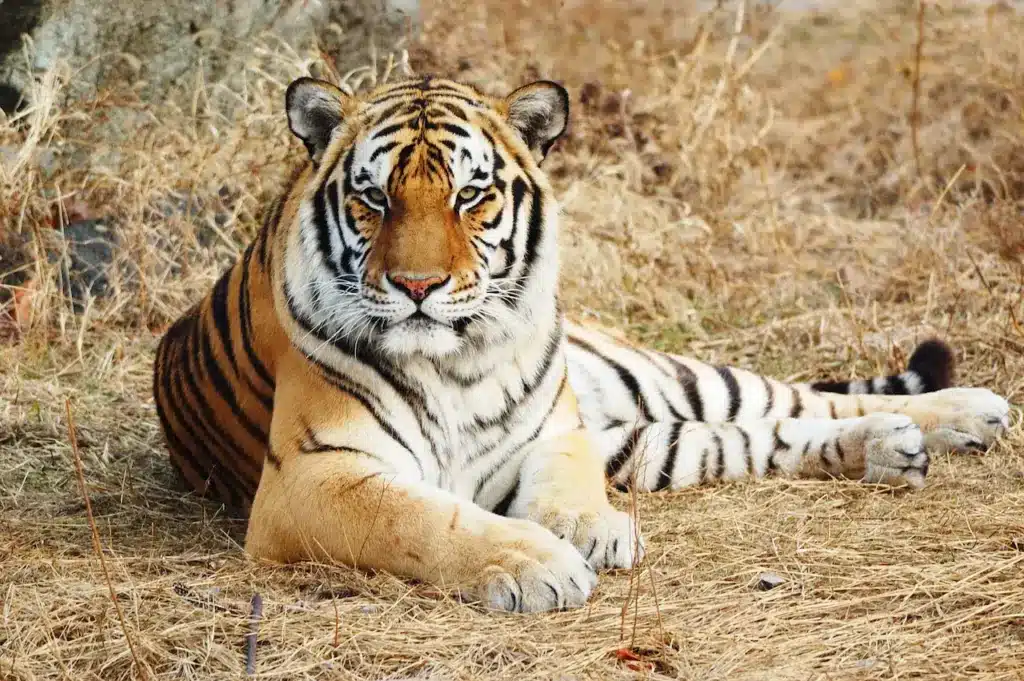
Carnivores differ from other meat-eating animals because their bodies are specially adapted for catching and digesting prey.
They have sharp teeth and claws for killing prey, powerful jaws, and digestive systems capable of processing meat, bones, and organs. Many carnivores also have excellent senses of smell, sight, and hearing to help them find potential food sources.
There are many types of carnivores, both large and small. Well-known examples include lions, tigers, wolves, eagles, sharks, crocodiles, and snakes.
However, there are also smaller carnivores such as spiders, ladybugs, and Venus flytraps. Regardless of their size, carnivores share the common trait of being predators that must consume other animals to obtain the nutrients and energy they need to survive.
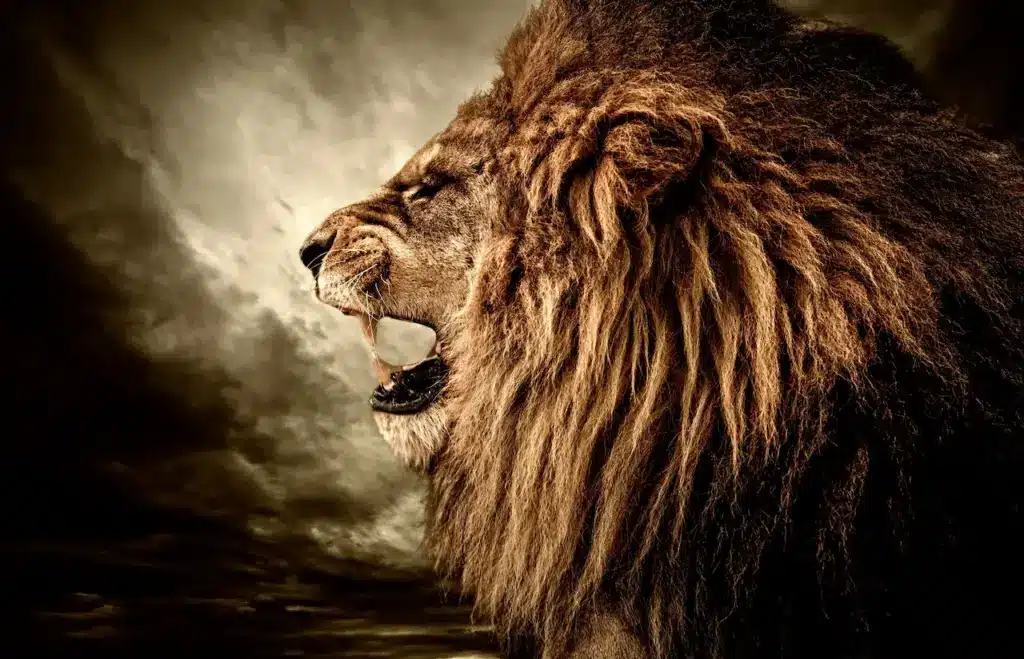
Traits of Carnivores
Carnivores have evolved numerous physical and behavioral adaptations that make them effective hunters and consumers of meat. Here are some of the most notable traits:
Sharp teeth: Carnivores have large, pointed canine teeth used for killing prey and sharp, blade-like molars used for slicing and grinding meat and bones. Their teeth are designed for gripping, piercing, shearing, and crunching through flesh, hide, and bone.
Powerful jaws: Many carnivores have extremely strong bite forces generated by well-developed jaw muscles. This allows them to subdue large struggling prey and crush thick bones.
Claws: Most carnivores have curved, razor-sharp claws used for catching prey, clinging to them during a chase or killing blow, and tearing flesh. Cats have retractable claws that they can hide when not in use.
Speed: Many carnivores, like big cats, wolves, and birds of prey, have lean, muscular bodies built for fast pursuit of prey. Their long legs allow them to run at high speeds during hunts.
Enhanced senses: Carnivores often have extremely acute vision, hearing, and sense of smell to detect prey. Their senses allow them to see small movements, pick up faint sounds, and follow scent trails.
Powerful digestion: Since meat and bones are difficult to digest, carnivores have shorter intestinal tracts and highly acidic stomach acid that helps them break down and assimilate animal tissues efficiently.
Stealth: Carnivores like big cats often have camouflaged fur or feathers that allow them to blend into their surroundings when stalking prey. They typically move quietly and stay downwind to avoid detection.
Opportunism: Most carnivores are opportunistic hunters. They conserve energy by eating prey that is vulnerable or easy to catch and will scavenge carcasses when possible.

What Do Carnivores Eat?
Carnivores eat the meat, organs, bones, skin, and fur of other animals. They may hunt live prey or scavenge the remains of dead animals.
The diet of a carnivore can include mammals, reptiles, amphibians, fish, birds, insects, arachnids, and sometimes even plants.
Mammals
Mammals make up a major part of the diet for many carnivores. Large carnivores like lions, tigers, bears, hyenas, and crocodiles prey on hoofed mammals like wildebeest, antelope, deer, buffalo, and zebra.
Smaller carnivorous mammals like foxes, jackals, raccoons, and weasels primarily hunt small mammals such as rodents, rabbits, and shrews.
Reptiles and Amphibians
Snakes, lizards, turtles, frogs, and salamanders are common prey for many mammalian and avian carnivores. Examples include hawks eating snakes, wolves eating turtles, and coyotes eating frogs.
Large reptiles like crocodilians and alligators also feed on amphibians, turtles, smaller reptiles, and various mammals.
Fish
Piscivores are carnivores whose primary food source is fish. Examples include sharks, killer whales, polar bears, penguins, pelicans, crocodiles, otters, and grizzly bears.
Many insectivorous carnivores, like frogs, will also eat small fish. Larger fish are predators of smaller fish species.
Birds
Birds of prey are exclusively carnivorous and feed mainly on small mammals and other birds. Hawks, eagles, owls, vultures, and falcons have powerful talons and hooked beaks adapted for hunting, killing, and consuming avian prey.
Other carnivorous bird species like gulls, herons, and shrikes prey on fish, amphibians, reptiles, small mammals, and insects.
Insects and Arachnids
Many small carnivores rely heavily on insects and arachnids to meet their nutritional needs.
Insectivores like anteaters, armadillos, aardwolves, pangolins, and echidnas specialize in feeding on ants, termites, and other colonial insects using their long, sticky tongues. Spiders, being carnivores themselves, are also eaten by other carnivores.
Eggs and Carrion
When the opportunity arises, carnivores will raid bird nests and eat eggs as a readily available source of protein.
They will also scavenge the carcasses of dead animals not killed by them. Scavenging allows predators to conserve time and energy instead of constantly hunting for live prey.
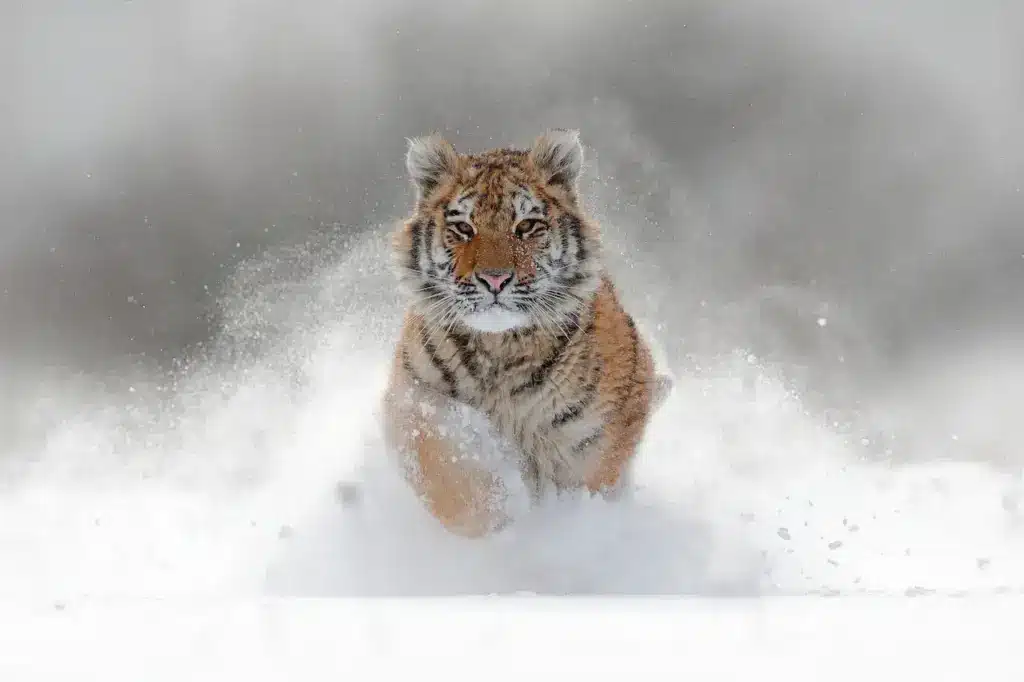
Occasional Plant Eating
While carnivores mostly consume animal matter, some are considered “hypercarnivores” because they eat only meat. Most carnivores, however, are actually omnivores to some degree.
For example, wolves eat berries, coyotes eat fruit, and cougars ingest grasses and other vegetation, especially as juveniles transition away from mother’s milk. Even these predominantly carnivorous animals get some plant matter in their diets.
Human Food and Waste
In areas where wilderness is scarce, carnivores increasingly scavenge for human food sources and garbage as an easy meal.
Bears, raccoons, coyotes, eagles, and gulls are examples of opportunistic carnivores exploiting these resources. However, human food is not nutritionally balanced for wildlife and can be problematic.
Carnivore Habitats
Carnivores inhabit a diverse array of terrestrial and aquatic habitats where they can find prey.
Forests
Forest carnivores include big cats like leopards, bobcats, and jaguars that stalk prey through dense vegetation.
Wolves hunt in packs through pine forests, while raccoons and black bears forage among trees for small mammals. Forest-dwelling birds of prey like hawks, eagles, and owls nest and hunt from high perches.
Grasslands and Deserts
Vast grassland plains and savannas support large hunting carnivores like lions, cheetahs, wild dogs, and hyenas. Smaller species like foxes and coyotes persist in deserts and scrublands. Reptiles like snakes flourish in these open, arid areas as well.
Freshwater Habitats
River and lake systems contain diverse carnivorous fish like trout, piranhas and catfish. Mink, otters, and platypuses hunt along banks and shorelines, while crocodilians and alligators lurk in wait for prey.
Oceans
Saltwater carnivores include dangerous sharks, killer whales, seals, sea lions, walruses, seabirds, and even crabs, which will act as opportunistic predators if they can overpower live prey. Most ocean carnivores are found nearer to coastal regions where food is more abundant.
Polar Regions
The arctic tundra and antarctic ice sheets are home to carnivores like polar bears, arctic foxes, and leopard seals. These predators have thick insulating fur and layers of blubber to withstand the extreme cold while hunting.
Urban Areas
Carnivores like stray cats and dogs, urban foxes, rats, and scavenging birds of prey are adapting to utilize the plentiful food sources available in cities provided by humans. Raccoons are especially notable for flourishing close to human settlements.
Conclusion
Carnivores have evolved as consummate predators with specialized adaptations allowing them to capture and consume other animals as their primary food source.
As apex predators, carnivores help maintain ecosystem balance and biodiversity through their intricate relationships with prey species.
However, many are now endangered due to human impacts. Preserving carnivores ensures the healthy functioning of natural habitats that benefits all species, including our own, in the long run.

